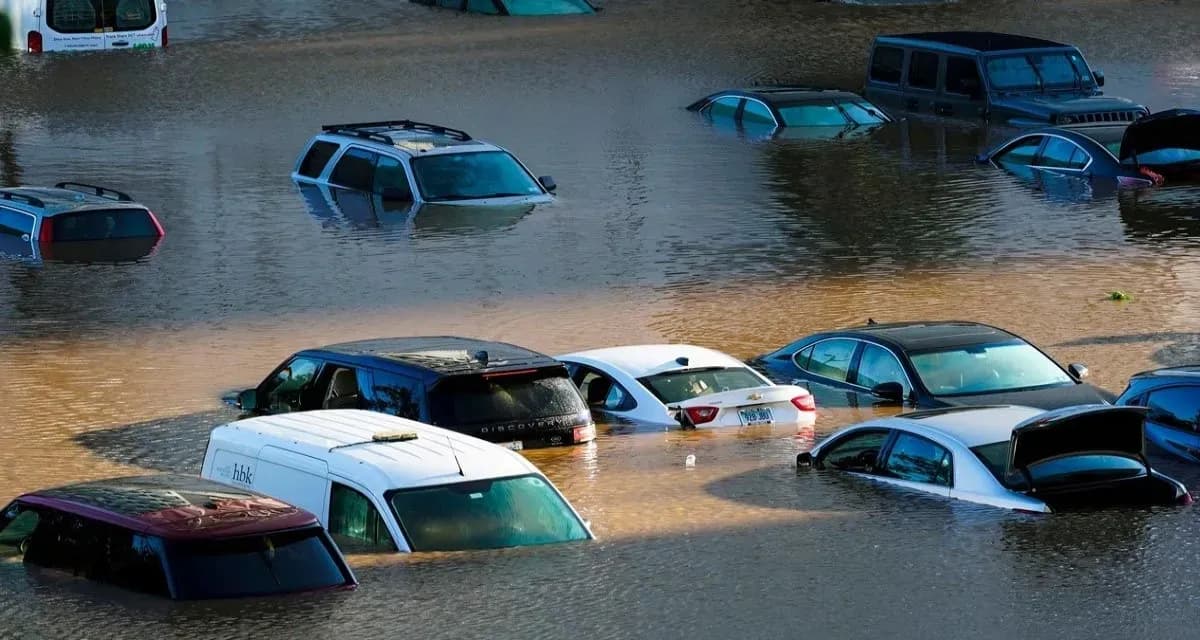Floods can be as devastating for the cars as they are for you. Especially in India where floods are way too common due to improper drainage systems, it is specifically needed for you to make sure you take proper care of your car during these times. Floods are a car's worst enemy, regardless of how realistic some TV advertisements may appear. While most cars can function in a foot of water for a few minutes, spending prolonged amounts of time in deep water is strongly discouraged. However, Here are some pointers from the San Antonio California Fire Department and Carmudi, an online automotive marketplace What to do and not to do with your car after Flood?
Ensure Your Safety
In this crucial scenario, the best and the first step is to ensure your safety. Only if you are safe can you save anything else. Make sure the floods are gone and it is safe to approach your car before doing so. Have the vehicle towed to a higher location if necessary.
Examine the fluid reservoirs.
Examine the condition of the fluids in your power steering, clutch, brake, and coolant reservoirs. If the fluids have become watery, water has seeped in, indicating potential damage.
Don't Turn on the Car
If the engine is wet, don't try to start the car because this could make the damage worse. Water can reach vital components of your electrical systems and short-circuit them, resulting in more serious damage.
Release the battery clamp
While you check your car, disconnecting the battery ensures you don't get electrocuted and removes the chance of a short circuit.
Also Read: Safest Cars under 10 lakhs in India 2024
Let the windows open
Roll down your windows if you can to eliminate any lingering dampness. Open the doors, and remove the carpets, seat covers, and any detachable mats if the windows are electric. Allow the interior to air dry.
Verify the degree of immersion
The depth of the flood will be shown by a mark left by the water in your car. Have the automobile hauled if the water level reaches the top of your tyres rather than attempting to start it.
Dry Out the Car
As soon as you can, begin drying out your car, especially if it has been in saltwater, which is more harmful than freshwater.
Seek Expert Assistance
To select the best course of action for repairs or replacement, examine the amount of the damage and confer with your insurance provider and a skilled mechanic.
By parking higher during periods of intense rainfall and keeping your automobile in good condition, you can prevent potential water damage to your vehicle. You can protect your safety and lessen the effects of water damage on your car by using these suggestions.
Also Read: 1. Mahindra XUV 3XO will adopt a remote climate control via AdrenoX 2. Here’s a list of reasons why Kia Seltos is better than its rivals 3. AI can now judge the most attractive and the worst car!
